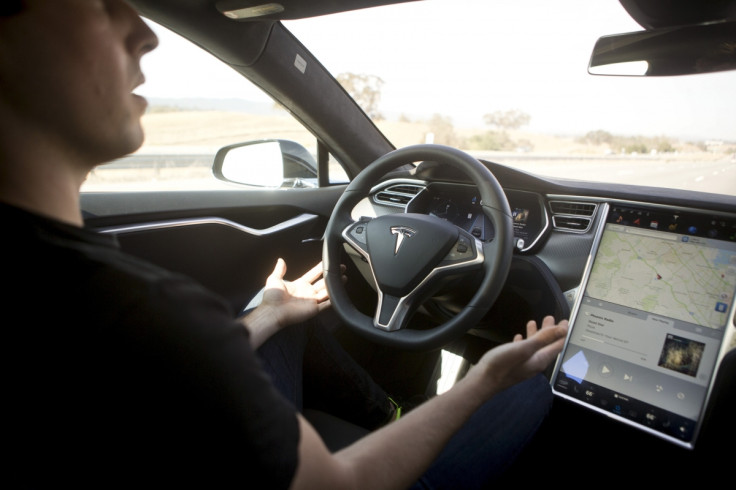Tesla Autopilot is 'trying to kill me', says Volvo R&D chief

The head of research and development at Volvo claims he feels Tesla Autopilot is "trying to kill" him every time he uses the self-driving system. Capable of controlling the accelerator, steering and brakes on multi-lane roads like motorways, Autopilot is a form of autonomous driving technology, but still requires the driver to pay attention and take over at any moment.
Speaking during an interview with The Drive, Dr Peter Mertens, who has been senior vice president of research and development at Volvo since 2011, said: "Every time I drive [with Autopilot switched on], I'm convinced it's trying to kill me."
Mertens' damming comments come just weeks after Tesla CEO Elon Musk claimed drivers are 50% less likely to have a serious accident when Autopilot is switched on, compared to when they are driving on their own and with no help from the computer.
"Even with this early version, it's almost twice as good as a person," Musk said of Autopilot, which remains in the beta stage of development, yet can be used by any Tesla driver who has paid for it.
But Mertens is not convinced. "Anyone who says 'we have systems that are better than human drivers' is lying to you...Anyone who moves too early is risking the entire autonomous industry. We're the safety brand, and we're taking things slowly. Until the systems are better than a good human driver, Volvo won't go there."
This isn't the first time Volvo has taken a swipe at Tesla. In April Victor Trent, Volvo's senior technology leader of crash avoidance, described Autopilot as "an unsupervised wannabe" and it "gives you the impression it is doing more than it is."
The issue here is with how autonomous driving is categorised. Tesla's Autopilot is somewhere between level two and level three, where the car can act autonomously but requires the full attention of the driver, who must be prepared to take control at a moment's notice. Volvo, along with BMW and Ford, wants to skip level three entirely and reach level four before selling autonomous cars to the public.
As a video of a Tesla driver asleep behind the wheel in traffic recently showed, Autopilot does a good job of convincing Tesla owners that the car is in control. But until car makers can reach level four autonomy, drivers should know that they cannot fully trust the computer. This current grey area of level three is what worries Mertens. "Let's say the car suddenly can't make a tight corner. That puts the driver in a super-stressful situation and he's not ready," he says, adding it can take up to 35 seconds for a driver to fully re-engage with driving after switching an autonomous system like Autopilot off.
Despite humans being responsible for the vast majority of road accidents, Mertens prefers this situation (for now). "They're still far superior to the semi-autonomous systems...no one counts the millions of accidents that humans manage to avoid, every minute and day around the world."
© Copyright IBTimes 2025. All rights reserved.






















